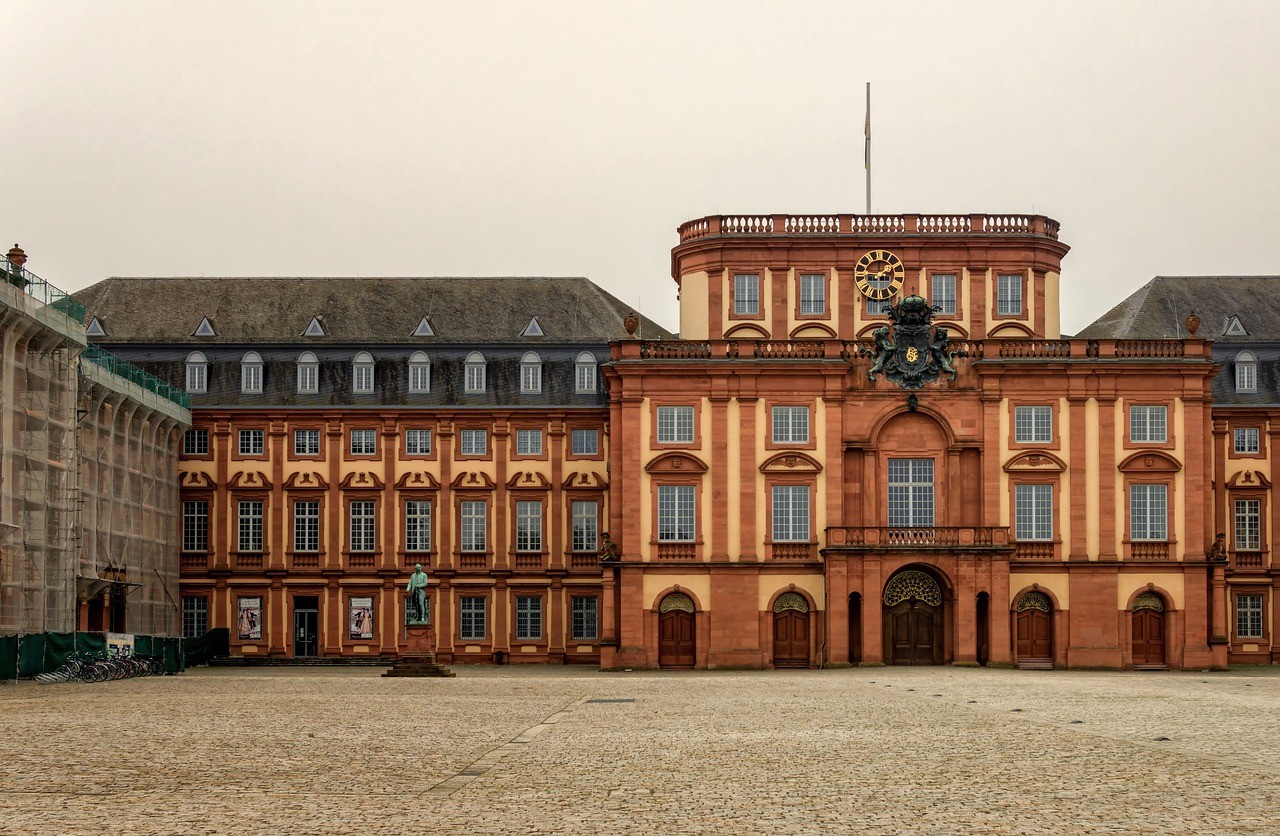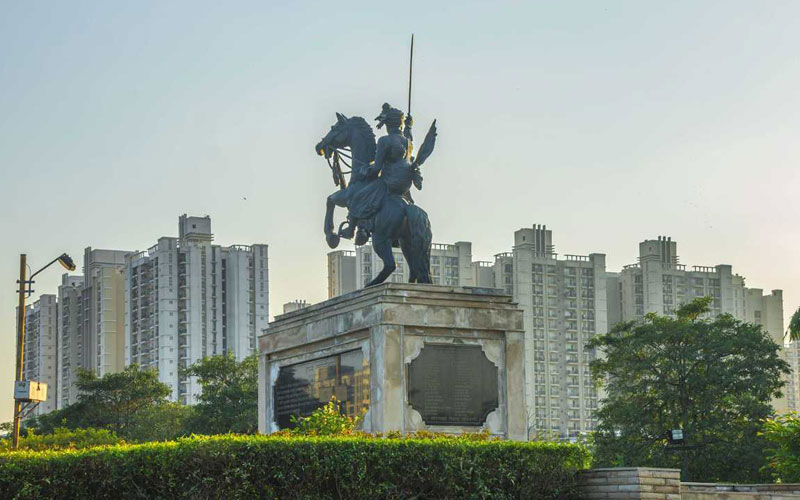India is home to many architectural styles and traditions along with the mysterious hidden aspects connected to many old constructions. Its history has its roots deepened with construction work carried out by Britishers during their era that fascinates each of us to learn even more about the past.
Apart from books and other sources, the media is currently looking upon a secret tunnel having its connection with the British era found at legislative assemble which is estimated to have connected to red fort. But what is the actual mystery behind this fact? Is the news fake or real? Let us put a light upon its authenticity through this blog.
Why in headlines?
On Thursday i.e, September 9, 2021, a tunnel at the legislative assembly, Delhi was discovered linking the Red fort. As per the accounts, the tunnel is considered to have been used by Britishers for avoiding revenge while moving freedom strugglers. It was only after the speaker of assembling Mr. Ram Niwas Goel mentioned, “We’ve found the mouth of the tunnel, but aren’t planning to dig it further, nearly as all the paths of the tunnel have been damaged due to metro projects and sewer fittings” the headlines are making rounds on news channels.
Adding on to his statement, R.N Goel was also noticed quoting that during 1993, when he became an MLA, there were rumors about this tunnel, predicted connecting to the red fort. He even tried to search the past but found no clarity over the issue. He assured the renovation work for this tunnel to be completed by August 15, next year further making it available for the public.
About the tunnel.
The tunnel is connecting Delhi legislative assemble to the Red fort covering a distance of approximately 5 km. The assembly overhand is predicted to be designed by E. Montague Thomas, erected in 1912 (British era) giving it the title of Imperial Legislative Council. On the other needle, the Red fort was constructed during the Mughal rule, under Shah Jahan in 1638 who was the fifth emperor of the period.
These findings along with the important statement made by speaker Ram Niwas Goel prove the news to be correct, revealing one of the new findings for Indians to visit and learn about the freedom period.
History of Delhi’s Legislative assembly.
The legislative assembly located in Delhi has an unsung tale of the past you must know. The points mentioning its history are as follows:
- It was used as the Central Legislative Assembly during 1912 when the capital of India was shifted from Kolkata to Delhi.
- In 1926, was turned into a court, which was used by Britishers to bring Indian combatants to the court.
What decided now?
As per Mr. R.N Goel, there will be some steps taken regarding this discovery.
- Out of many rooms at the assembly building, a gallows room was inspected on the occasion of the 75th year of independence.
- It is after finding the tunnel, it is decided that the room will be changed into a shrine of freedom strugglers as an honor.
- Looking over to its historical richness in a milieu of the freedom tussle, the place would be renovated to be visited by tourists to get a glimpse of the history.











